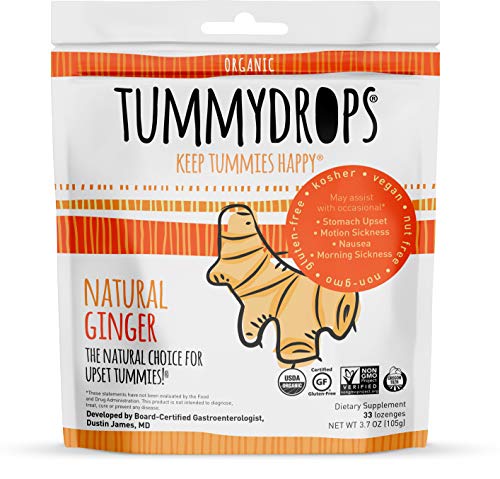
Managing Cyclic Vomiting Syndrome in Children and Adolescents
Published on Thursday, April 06, 2023 by Haley McGahaIf you have a child with cyclic vomiting syndrome (CVS), I personally feel for you.
Watching your child struggle with long bouts of vomiting is hard and a feeling of helplessness. Luckily, there are ways to help support your child with CVS.
Lifestyle Changes
If this is something new you are navigating, I would encourage you to keep a log of when the vomiting occurs and activities that may have induced the attack. Research shows that positive excitement (birthday parties, etc) may be linked with CVS attacks. Once you can recognize those triggers, avoiding those types of events may be needed, if feasible.
Other triggers for children/adolescents include motion (car rides, boat rides, etc), stressors (like bullying at school), and anxiety, panic attacks, or depression. Some think that 30-50% of children with CVS suffer from anxiety, panic attacks, or depression. Having your child see a psychologist or cognitive behavioral therapist may be key to helping your child and medication for anxiety and depression may be needed.
Some other things you can do to help reduce the chance of getting an attack are:
- Getting enough fluid
- Avoid fasting or long times without eating
- Getting good sleep
- Exercising regularly
- Keeping snacks on hand that will “stick with you” and not leave you feeling hungry fast after eating. You can do this by pairing a carbohydrate, protein, and fat.
Supportive Care
This is used during an episode to help ease symptoms and complications. It is important to know that once the vomiting has been happening for several hours, it has to run its course and cannot be stopped with medications. The goal then becomes helping with symptoms (headache, nausea/vomiting) and replenishing fluid, energy, and electrolytes. A review found that waiting >24 hours after vomiting begins before seeking help from the emergency department, resulted in higher hospitalization rates.
Here are some supportive care measures that hospitals may use to help with CVS attacks:- IV fluids
- Environment: staying in a quiet, dark hospital room may help reduce sensory stimulation
- Nausea medications
- Sedating medications: clinical observations have suggested that deep sleep may lessen or even stop nausea and vomiting
Prophylactic Medications
Typically, prophylactic medications are used in children/adolescents if attacks happen more than monthly or last more than 1-2 days. There are a wide variety of medications/supplements that may be used. I would encourage you to ask your child's pediatrician what options you may have.
Commonly, CVS lasts for about 3-5 years. Stopping prophylactic medications is recommended once a child has had no episodes or very few episodes for at least 1-2 years. It may be best to start the weaning of prophylactic medications when your child is out of school during the summer.
***If your child is having very frequent or severe episodes that seem to disable their everyday activities despite lifestyle changes, supportive care, and therapeutic trials, it may be best to ask your doctor for a pediatric gastroenterologist, neurologist, psychologist, or metabolic specialist referral (if none of these have already been done).
- Li, B. U. K. (n.d.). Cyclic Vomiting Syndrome. UpToDate. Retrieved March 10, 2023, from https://www.uptodate.com/contents/cyclic-vomiting-syndrome
- Lee, L. Y. W., Abbott, L., Mahlangu, B., Moodie, S. J., & Anderson, S. (n.d.). The management of Cyclic Vomiting Syndrome: A systematic review. European journal of gastroenterology & hepatology. Retrieved March 10, 2023, from https://pubmed.ncbi.nlm.nih.gov/22634989/
- Abdulkader, Z. M., Bali, N., Vaz, K., Yacob, D., Lorenzo, C. D., & Lu, P. L. (n.d.). Predictors of hospital admission for pediatric cyclic vomiting syndrome. The Journal of pediatrics. Retrieved March 10, 2023, from https://pubmed.ncbi.nlm.nih.gov/33259858/
Leave a comment on this article:
-
Haley McGaha
RDN, CSO, LD

Cyclic Vomiting in Children and Adolescents

Functional GI Disorders in Children: An Overview

Pediatric Ear Infections and GERD

Gluten-Free Strawberry Cream Cheese Shortbread Bars
RECIPE INSIDE
Introducing Solid Foods to Babies with Reflux: A Safe and Smooth Journey

7 Reflux-Friendly Snacks With Zero WW Points





